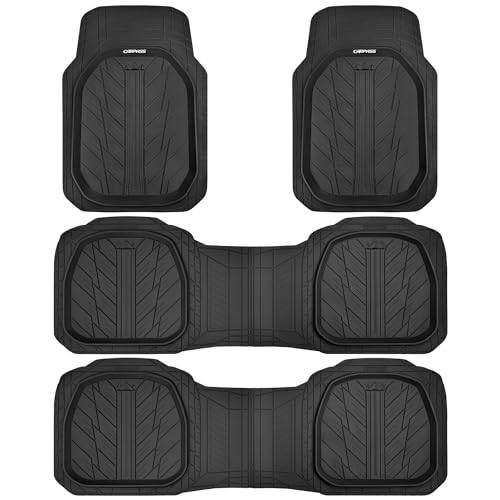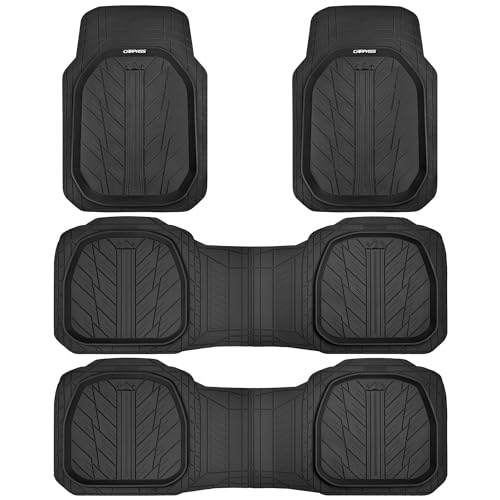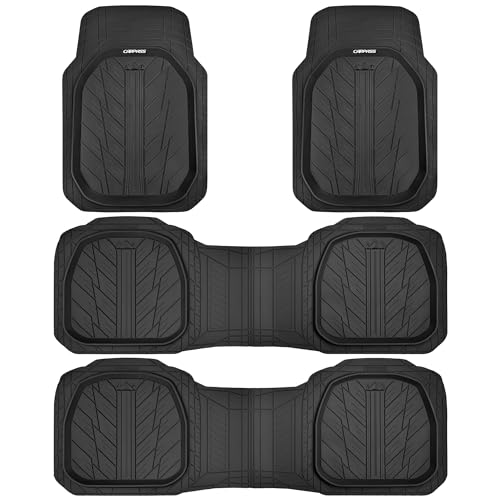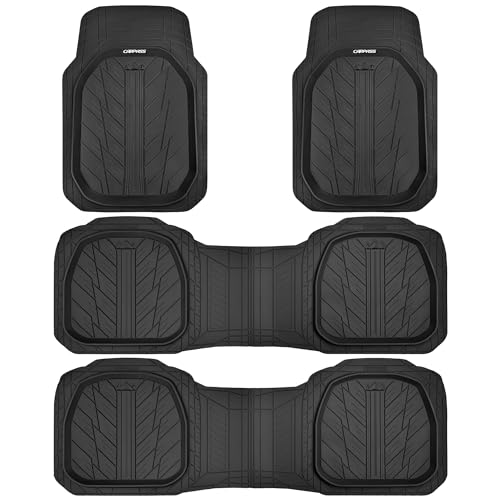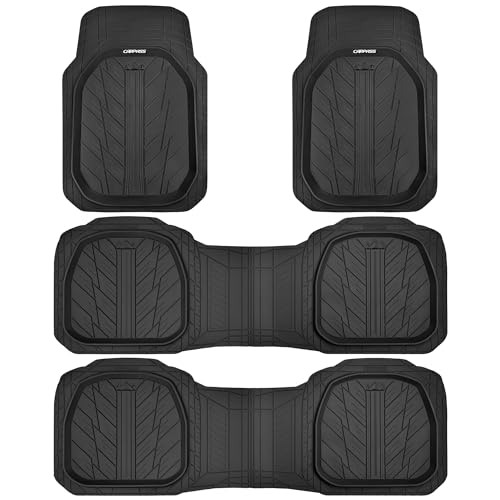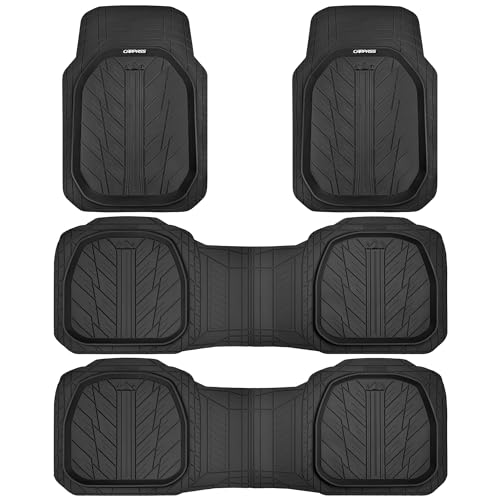Ever wondered why people often refer to the Mahindra Thar as a “jeep”? It’s a question that pops up frequently among car enthusiasts. This post dives deep into the history and design features that contribute to this common perception, explaining the nuances of its rugged build and off-road capabilities. By the end, you’ll understand precisely why the Mahindra Thar is often labeled a jeep, and gain a clearer picture of its place in the automotive world.
Mahindra Thar’s Rugged Design and Heritage
This section explores the design elements that evoke the classic “jeep” image in the Mahindra Thar. We will examine its boxy shape, high ground clearance, and other features reminiscent of iconic off-road vehicles. Understanding these elements will clarify why many see the Mahindra Thar as a modern interpretation of a timeless design.
The Thar’s Boxy Silhouette
The Thar’s unmistakable boxy shape is a defining characteristic. This design isn’t just aesthetic; it’s functional. The straight lines and rigid structure contribute to the vehicle’s robust build and ability to withstand off-road stresses. Many consider this boxy design a nod to the classic Jeep designs of the past.
- Strength and Durability: The boxy frame provides exceptional rigidity, protecting occupants and the vehicle’s components during challenging terrain encounters. This robust structure is crucial for off-road driving and handling tough conditions. This makes it akin to the legendary strength associated with the word “jeep”.
- Interior Space Optimization: While seemingly simple, the boxy design allows for efficient use of space. Despite its compact exterior, the Thar offers surprisingly generous cabin space, making it both practical and capable. This efficiency mirrors the design philosophy of many earlier jeep models which prioritized utility over sleek aesthetics.
High Ground Clearance and Approach/Departure Angles
- Superior Off-Road Capability: The Thar boasts impressive ground clearance, enabling it to navigate obstacles easily and confidently traverse rough terrain. This high ground clearance is a critical feature for off-road vehicles, just like traditional jeeps, which need to overcome obstacles.
- Approach and Departure Angles: Its steep approach and departure angles allow it to tackle steep inclines and descents without getting stuck, making it a versatile choice for both on and off-road driving. This ability is key to the off-road legacy associated with the term “jeep”.
Mahindra Thar’s Off-Road Capabilities
This section details the Thar’s impressive performance in off-road situations, directly relating its functionalities to why it’s often equated with a “jeep”. We’ll discuss its powerful engine, four-wheel-drive system, and other technical specs that allow it to handle challenging terrains. This is a critical point for understanding why the comparison to a jeep is so prevalent.
Powerful Engine and Transmission Options
The Mahindra Thar’s powerful engine options offer ample torque, crucial for conquering challenging terrain. Coupled with suitable transmissions, the Thar effortlessly handles steep inclines and muddy tracks. This raw power is a key element many associate with the “jeep” image.
- Engine Performance: The Thar’s engine is designed for both on-road and off-road performance. It delivers the power necessary to overcome various challenges while maintaining acceptable fuel efficiency for everyday driving. This balance mirrors that of many rugged off-road capable vehicles.
- Transmission Options: Mahindra offers different transmission choices for the Thar, catering to different driving styles and preferences. The availability of both manual and automatic transmissions enhances the Thar’s overall versatility. This adaptability showcases the vehicle’s intent to satisfy diverse requirements.
Four-Wheel Drive System
- Enhanced Traction: The Thar’s four-wheel-drive system provides excellent traction on slippery or uneven surfaces. This ensures confident handling in challenging environments. This is a feature that defined many early jeeps and continues to be a critical selling point for off-road vehicles.
- Improved Stability: Four-wheel drive enhances the Thar’s stability, reducing the risk of skidding or losing control on loose or muddy terrain. This improved stability offers greater safety and control during off-road adventures. This is a key characteristic for a vehicle known for its off-road capabilities.
Historical Context and the Evolution of “Jeep”
This section explores the history of the term “jeep” and how it evolved, explaining its association with rugged, off-road capable vehicles. We’ll also examine how the Mahindra Thar’s lineage and design elements connect it to this historical context, contributing to its perception as a “jeep”. Understanding this historical context is crucial to grasp the meaning behind the common association.
The Origins of the Term “Jeep”
The term “jeep” emerged during World War II, referring to the Willys MB and Ford GPW military vehicles. These vehicles, characterized by their ruggedness and off-road capability, were used extensively during the war, establishing a strong association between the term “jeep” and resilient, all-terrain vehicles. The term’s popularity endured long after the war ended, and now defines a broad category of off-road vehicles.
- Military Heritage: The Willys MB and Ford GPW jeeps became legendary for their performance in World War II. Their toughness and reliability in various terrains earned them a place in history and cemented the “jeep” identity. This strong association with military strength is still significant today.
- Post-War Popularity: Following the war, civilian versions of these vehicles were produced, further solidifying the “jeep” identity as a versatile and robust vehicle suitable for various purposes. This transition to civilian use broadened the appeal of the “jeep” identity.
Mahindra’s Legacy and the Thar’s Design Influences
- Design Inspiration: The Mahindra Thar’s design clearly draws inspiration from classic Jeep designs, reflecting a deliberate attempt to evoke the ruggedness and versatility associated with the “jeep” legacy. This conscious design choice fuels the frequent comparison.
- Target Audience: Mahindra clearly targets customers who appreciate the traditional “jeep” qualities – durability, off-road capability, and a no-nonsense design aesthetic. This clear marketing strategy further contributes to the public’s perception of the Thar as a type of jeep.
Debunking Myths About the Mahindra Thar and the Term “Jeep”
This section addresses some common misconceptions surrounding the Mahindra Thar and its classification as a “jeep”. We’ll clarify the difference between a “Jeep” brand and the more general use of the term “jeep” for off-road vehicles, ultimately aiming to provide a more accurate understanding of the topic.
Myth 1: “Mahindra Thar is a Jeep Brand Vehicle”
It is a common misconception that the Mahindra Thar is a vehicle produced by the Jeep brand (owned by Stellantis). The Mahindra Thar is produced by Mahindra & Mahindra, an Indian multinational automotive manufacturer. While the design might share similarities with some classic Jeep vehicles, it’s a distinct brand and model. This is a crucial distinction to understand. Insert a comparison chart here showing key differences between Mahindra Thar and Jeep Wrangler.
Myth 2: “Only American Vehicles Can Be Called Jeeps”
The term “jeep” has evolved beyond its American origins. While the original jeeps were American, the term now encompasses a broader category of rugged, four-wheel-drive vehicles. The Mahindra Thar, despite its Indian origins, aligns with this broader definition of a “jeep” due to its off-road capabilities and design. The definition of a “jeep” is less about its origin and more about the functionalities it offers.
FAQ
What exactly makes the Mahindra Thar similar to a Jeep?
The Mahindra Thar shares several design features with classic Jeeps, including a boxy body style, high ground clearance, and strong off-road capabilities. This, combined with its focus on rugged functionality, leads to its common association with the term “jeep.”
Is the Mahindra Thar a direct competitor to Jeep Wrangler?
While both are off-road vehicles, the Mahindra Thar and Jeep Wrangler target slightly different markets and price points. The Wrangler generally commands a higher price due to its advanced technology and features.
Can I use the term “jeep” when referring to the Mahindra Thar?
Yes, it’s widely accepted to refer to the Mahindra Thar as a “jeep” in casual conversation, given its design and capabilities. However, it’s important to remember it’s a Mahindra vehicle, not a Jeep brand vehicle.
Is the Mahindra Thar as durable as older Jeeps?
Mahindra has made significant strides in durability and build quality in the Thar. While it’s difficult to directly compare it to the legendary durability of some older Jeeps, the Thar is known for its robust construction and off-road capabilities.
Why is the Mahindra Thar so popular?
Its combination of affordability, rugged design, and impressive off-road capabilities makes it a very popular choice for those seeking an adventurous and versatile vehicle.
Final Thoughts
The Mahindra Thar’s frequent association with the term “jeep” stems from a blend of historical context, design aesthetics, and impressive off-road performance. While not a Jeep brand vehicle, the Thar’s capabilities and styling undeniably evoke the spirit of classic jeeps. Understanding these factors offers a comprehensive appreciation of the Mahindra Thar’s unique position within the automotive world. So, the next time you hear someone call a Mahindra Thar a “jeep,” you’ll understand precisely why.

